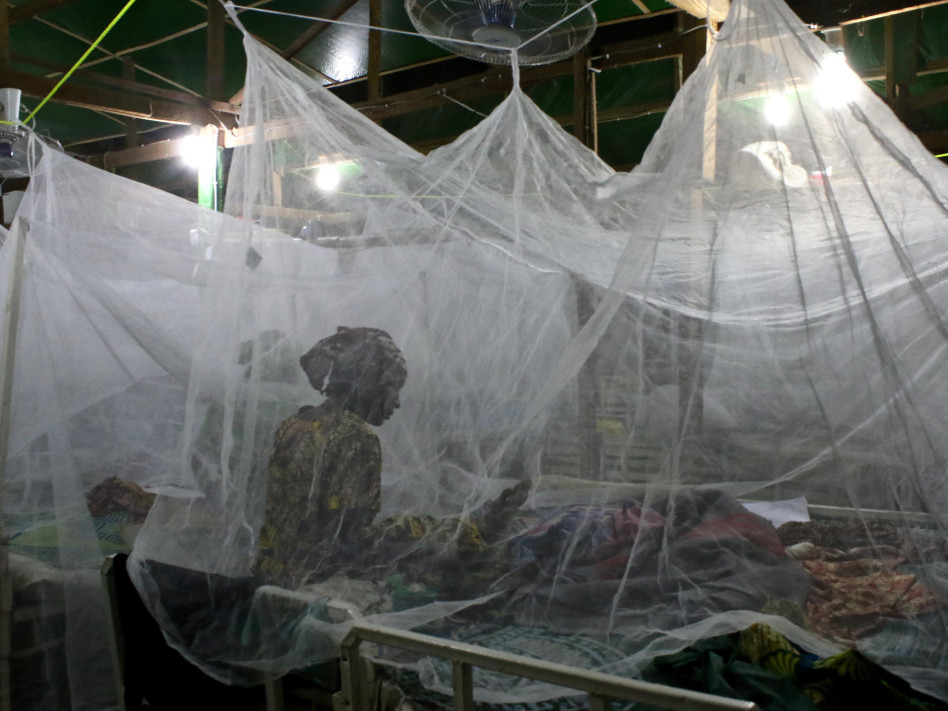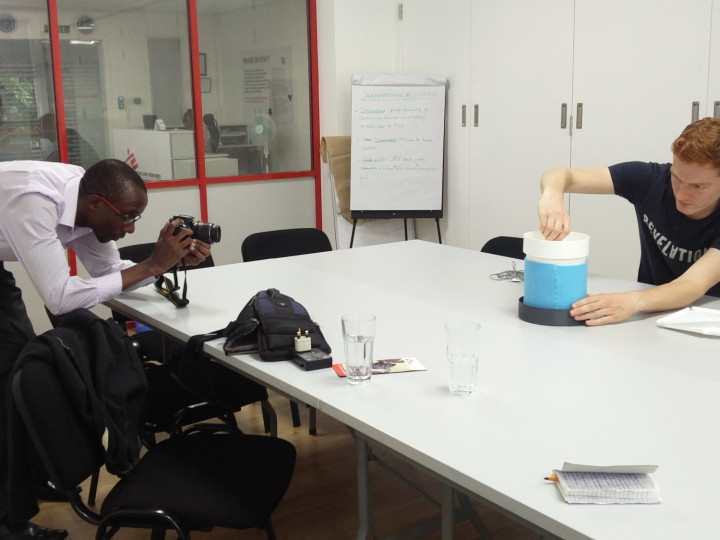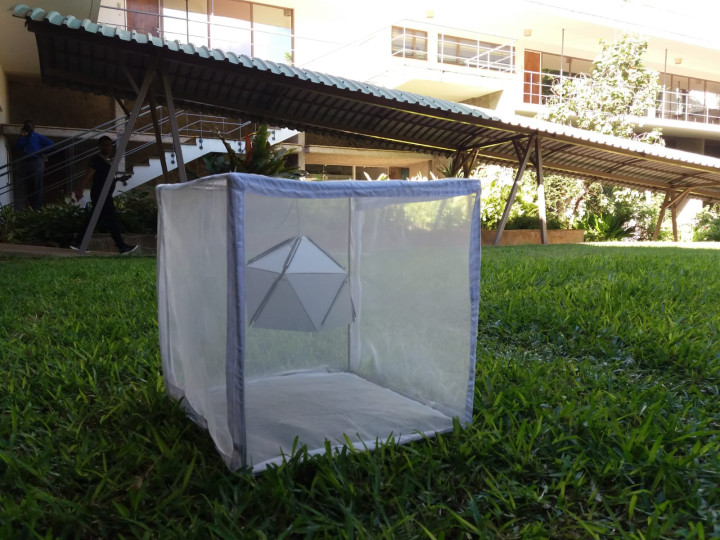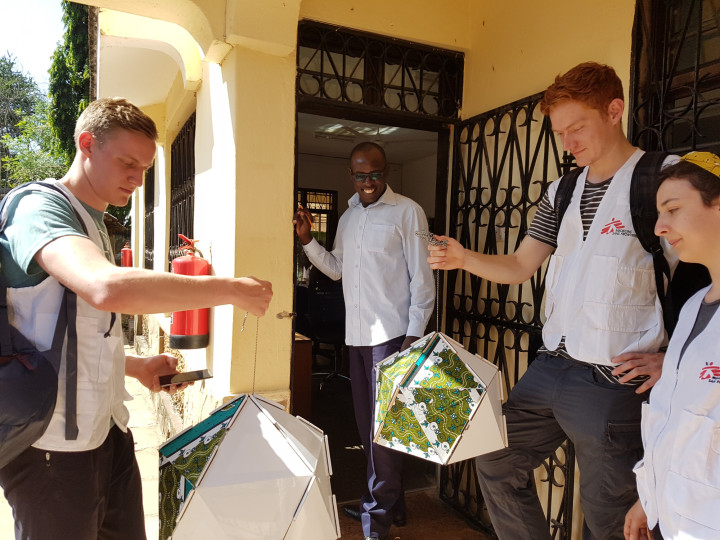Nosquito Bait: A new vector control solution for malaria
Nosquito is a design team of four master students from Delft University of Technology at the faculty of Industrial Design Engineering. Together with MSF (Medicines Sans Frontières), an organization working globally and offering emergency medical assistance to refugees and victims of, among other things, epidemics, it is our mission to significantly reduce malaria infection by mosquitoes in Kenya.
Malaria in Kenya
Malaria is still a major public health problem in countries with humid equatorial climates. Kenya is a country where this disease still causes many casualties and deaths every year; more than 4 million cases of malaria are reported every year. The disease is caused by a parasite, which is transmitted by the so-called malaria mosquitoes.
Because of malaria, a large part of the country ends up in a vicious circle. Malaria is preventing economic growth and development, while at the same time poverty causes an increase in the spread of malaria.
At this moment there are various solutions against the malaria mosquitoes to prevent the spread of malaria. For example, mosquito nets are used for this, but also mosquito traps or mosquito baits. However, many of these solutions do not work as effectively as desired or cannot be applied. This is often because the mosquitoes become resistant to the poison that is being used, or because certain traps or baits are simply too expensive to implement.
The solution
For this project we focus on a new type of mosquito bait that can be placed indoors. A researcher from KEMRI (Kenya Medical Research Institute) has made a simple first prototype, consisting of a bucket, a cloth, sponge and a liquid mixture. The liquid mixture consists of water, sugar, color and ivermectin, an anti-parasitic medicine. The mosquitoes are attracted to the sugary mixture and then killed by the ivermectin component within 48 hours of drinking the mixture.
For our project we are working on improving the first prototype of the KEMRI researcher, focusing on slow evaporation of the sugar mixture, minimal interaction between the bait and the residents and the optimal shape and aesthetics to attract as many mosquitoes as possible.
Finally, as an extra part of the product, we focus on an implementation and education program for local residents. In this way we want to guarantee that the product can be successfully distributed by MSF and used by the local population.




